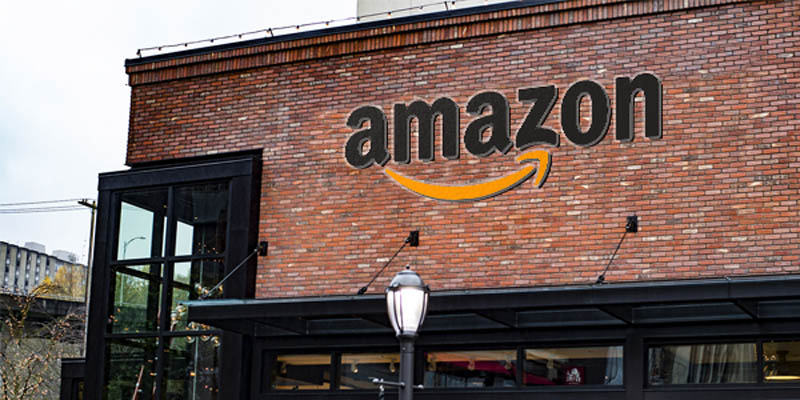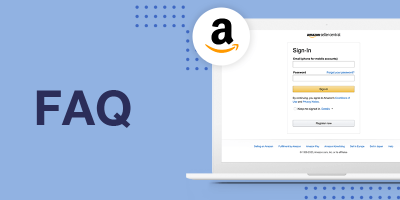“It takes twenty years to build a reputation and five minutes to ruin it. If you think about that, you’ll do things differently.”
Keeping your reputation in high standing as an Amazon seller is crucial to your success. You need to please the customer and Amazon. If the customer is happy, it will lead to positive reviews and increased sales, while keeping Amazon satisfied ensures you will not be suspended or permanently banned from selling. Read on to understand how Order Defect Rate (ODR) works and what you can do to improve or maintain a good rate.
What does Order Defect Rate (ODR) mean?
Amazon uses ODR to measure a seller’s level of customer service. Naturally Amazon sellers will want to provide an excellent level of customer care and avoid receiving a high ODR.
How is Order Defect Rate (ODR) calculated?
It’s calculated by the number of orders with defects (i.e. negative metrics) divided by the number of overall orders received within a given time period. Orders with defects includes all orders with credit card chargebacks, negative feedback or an A-to-Z guarantee claim that was registered by the buyer.
For example, Kenny’s Emporium has two bad reviews plus three chargebacks within a 60-day time period. The online retailer received 100 orders overall within that same time period. The ODR for Kenny’s Emporium is 5 divided by 100, which means that his Order Defect Rate (ODR) is 5%.
Think of Order Defect Rate (ODR) as a seller’s scorecard or in sports terms, their batting average. You wouldn’t want to have a baseball player with a weak batting average. At the same time, you would not want to order products from a seller with a high ODR.

Sellers must maintain an ODR that is under 1%.
If you receive an ODR that is 1% or higher, you will lose access to the Buy Box for any of your products. Furthermore, Amazon can deactivate your account temporarily or permanently.
Suspensions vs. Terminations
If your ODR is slightly above 1%, then you’ll receive a suspension. Your seller privileges will be remove but you can appeal it by providing Amazon with a plan of action for fixing the problems. It is important to note that Amazon reviews all appeals carefully; however, submission of an appeal does not automatically guarantee reinstatement of your selling privileges.
For ODR’s that are greater than 1%, your relationship with Amazon will be in serious jeopardy. When a seller consistently has a lot of cancellations and/or late deliveries, Amazon could terminate your account completely.
How to improve your Order Defect Rate (ODR)?
It’s critical that you keep an eye on your ODR so that you can address any performance issues. You won’t want to miss out on opportunities to course correct the situation.
- Review all customer feedback (especially A-to-Z claims) and respond accordingly.
- If you see any repeat patterns, address it ASAP.
- Should you come across any mistakes (i.e. review intended for a different product), just ask Amazon to edit the feedback so that it doesn’t affect your rate.
- Make free shipping a top priority. You’ll also want to ensure fast delivery and that you’ve given the customer accurate shipment tracking information. Any delivery delays will result in negative feedback.
- Consider using Fulfilment by Amazon (FBA) which allows Amazon to pick, pack and ship your
orders. By utilizing this service, Amazon’s requirements will be met and your products just might make it back into the Buy Box!
In short, be mindful of your Order Defect Rate (ODR) and make it a priority within your company. By utilizing these tips, you can keep your ODR in check and at an optimum level.
Interested in selling on Amazon? We have great solutions to start selling on Amazon. If you are involved in ecommerce, this is marketplace you need to get onto.
Read about our Amazon case study that greatly benefited our client.

Brian Roizen is the Cofounder and Chief Architect of Feedonomics, a full-service feed optimization platform that optimizes product data for hundreds of channels. He has been featured on numerous podcasts and eCommerce webinars, and regularly contributes to Search Engine Land and other industry-leading blogs. Brian graduated summa cum laude from UCLA with both a Bachelor’s and Master’s degree in Mechanical Engineering.



